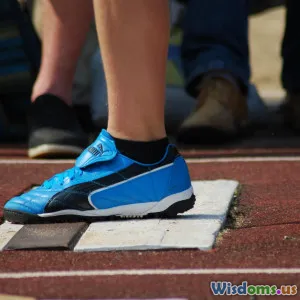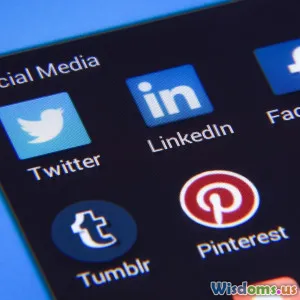
Is Esports the Next Frontier for Mainstream Sports Entertainment
16 min read Explore whether esports is becoming the next breakthrough in mainstream sports entertainment. (0 Reviews)
Is Esports the Next Frontier for Mainstream Sports Entertainment?
A few decades ago, the spectacle of crowds filling stadiums and millions gathering around televisions to watch virtual combat in digital arenas would've sounded like a futuristic fantasy. Now, esports is not only a reality but a thriving multi-billion-dollar global phenomenon. Around the world, elite video gamers compete for huge prize pools as passionate fans cheer them on. Yet, pundits and traditionalists still ask: Is esports truly poised to become the next titan in mainstream sports entertainment? Let's delve into the evidence.
Surge in Popularity and Audiences
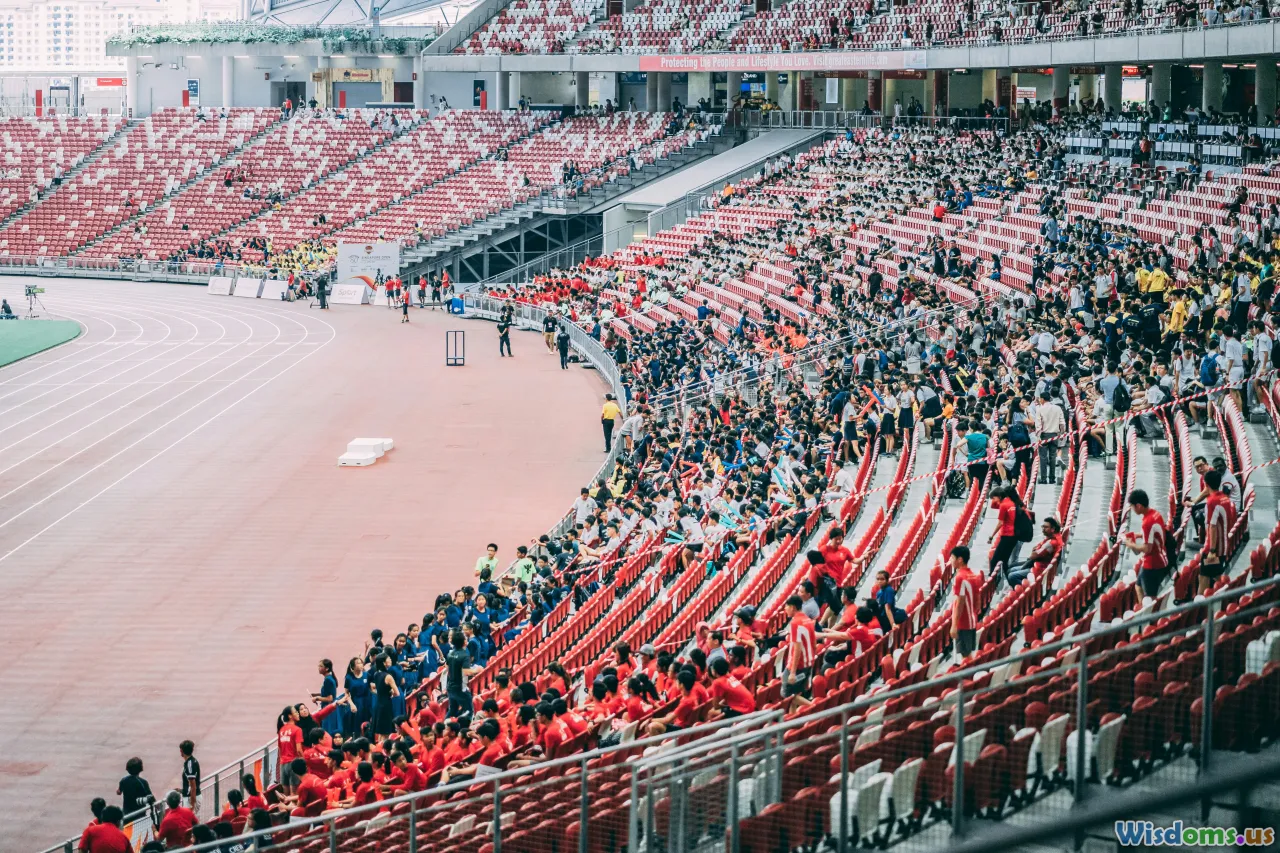
Esports has exploded beyond its early roots in LAN parties and internet cafes. In 2023, the global esports audience reached approximately 532 million people, according to Newzoo’s Global Esports & Live Streaming Market Report. To put this in perspective, the FIFA World Cup or the Olympics—the pinnacles of traditional sports—draw a similar magnitude of global attention.
Events like the League of Legends World Championship routinely pack iconic venues, including the Beijing National Stadium. In 2022, an estimated 5 million fans (excluding Chinese streaming platforms) tuned in concurrently to the finals—more than many major league sporting finals.
Key Driver: Accessibility
Unlike traditional sports, which often require physical prowess and specialized facilities, esports is accessible. All that's needed is a gaming device and an internet connection. This democratic, digital nature allows players from any corner of the globe, regardless of physical stature or resources, to compete at the highest levels—fueling global competitiveness and appeal.
Example: Take Lee "Faker" Sang-hyeok, an iconic South Korean League of Legends player, who became a global celebrity while practicing in a modest Seoul internet café.
Investment and Big-League Endorsement
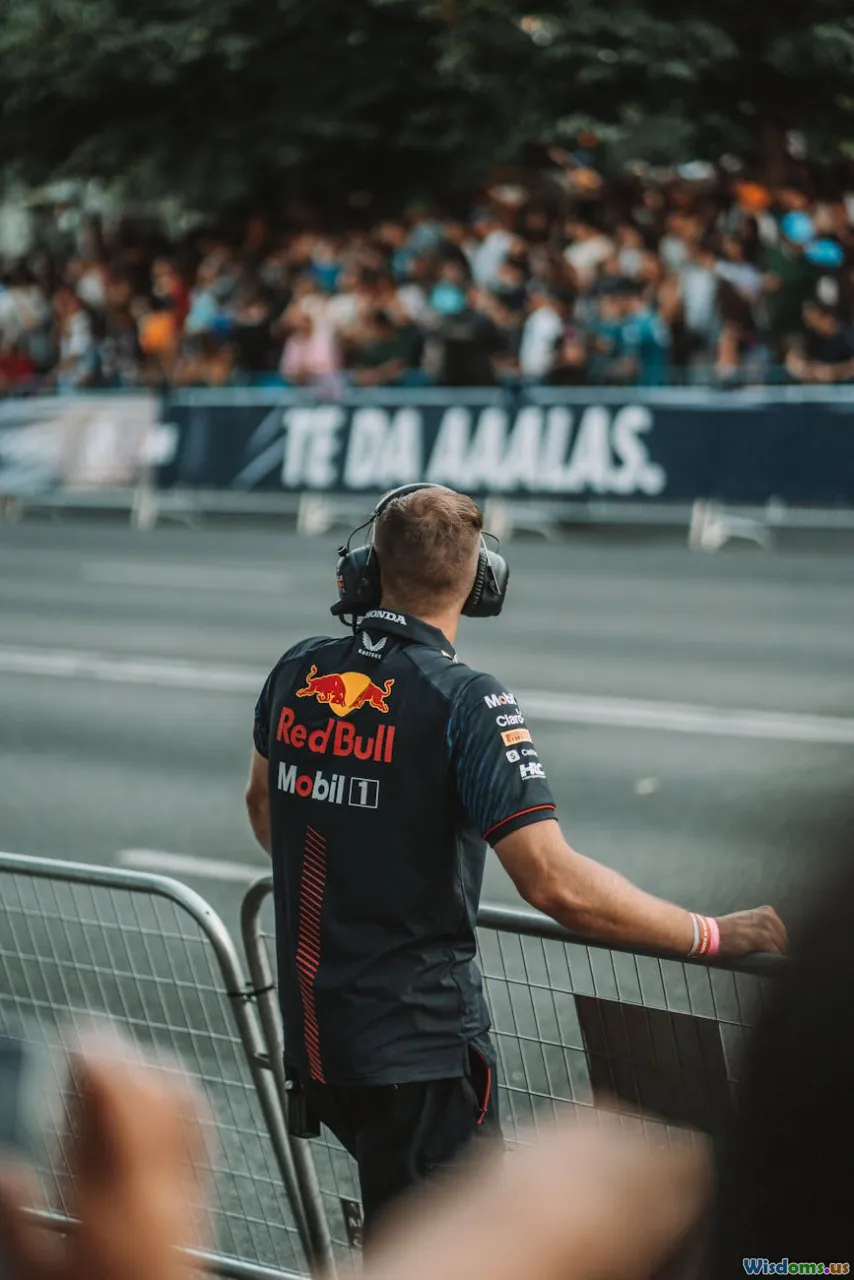
Esports has attracted unprecedented investment from heavyweight sponsors and traditional sports teams. Brands like Coca-Cola, Intel, and Nike have poured millions into esports partnerships, while traditional sports franchises—such as the Philadelphia 76ers and Paris Saint-Germain—have bought into or launched their own esports teams.
Mainstream Investors Join the Fray
NBA star Michael Jordan invested in aXiomatic Gaming (owners of Team Liquid), while soccer stars like David Beckham have founded esports organizations like Guild Esports. The buy-in is both financial and reputational, with celebrities lending mainstream credibility.
Media Rights and Revenue Streams
Unlike its early days dependent on grassroots support, today's esports garners substantial media deals. In 2022, streaming rights deals amounted to billions, with giants like YouTube Gaming, Twitch, and even ESPN securing broadcasting rights. These deals mirror those found in traditional sports, underlining esports’ growing maturity.
Fact: According to PwC, global esports revenues (including sponsorship, media rights, advertising, and merchandise) were projected to surpass $1.6 billion in 2023—and show no signs of slowing down.
Globalization & Cultural Integration

Esports transcends national boundaries in a way few other sports have. Beyond showcasing digital athleticism, games like Valorant, Counter-Strike 2, and Dota 2 have teams and fanbases spanning continents—from South Korea and China to North America, Brazil, and Europe.
Language and Cultural Bridges
Event organizers cater to global audiences by producing content in multiple languages and building teams with multicultural rosters. This international reach not only introduces fans to global gaming culture but also paves the way for esports to become a universal language akin to soccer or basketball.
Example: Riot Games, organizer of top-tier competitions, runs simultaneous broadcasts in several languages—resulting in exponential surge of non-English-speaking viewership across Latin America, SEA, and beyond.
Localized Leagues and Infrastructure
Much like NBA and NHL have local leagues, esports titles—such as Overwatch League (OWL) and League of Legends Pro League (LPL)—enforce city- or region-based franchises. The move mimics traditional sports leagues and fosters localized fandom. The Overwatch League has teams from London to Shanghai, with home-and-away matches, echoing the spirit of urban rivalry seen in established sports.
Spectatorship and Fan Engagement Redefined
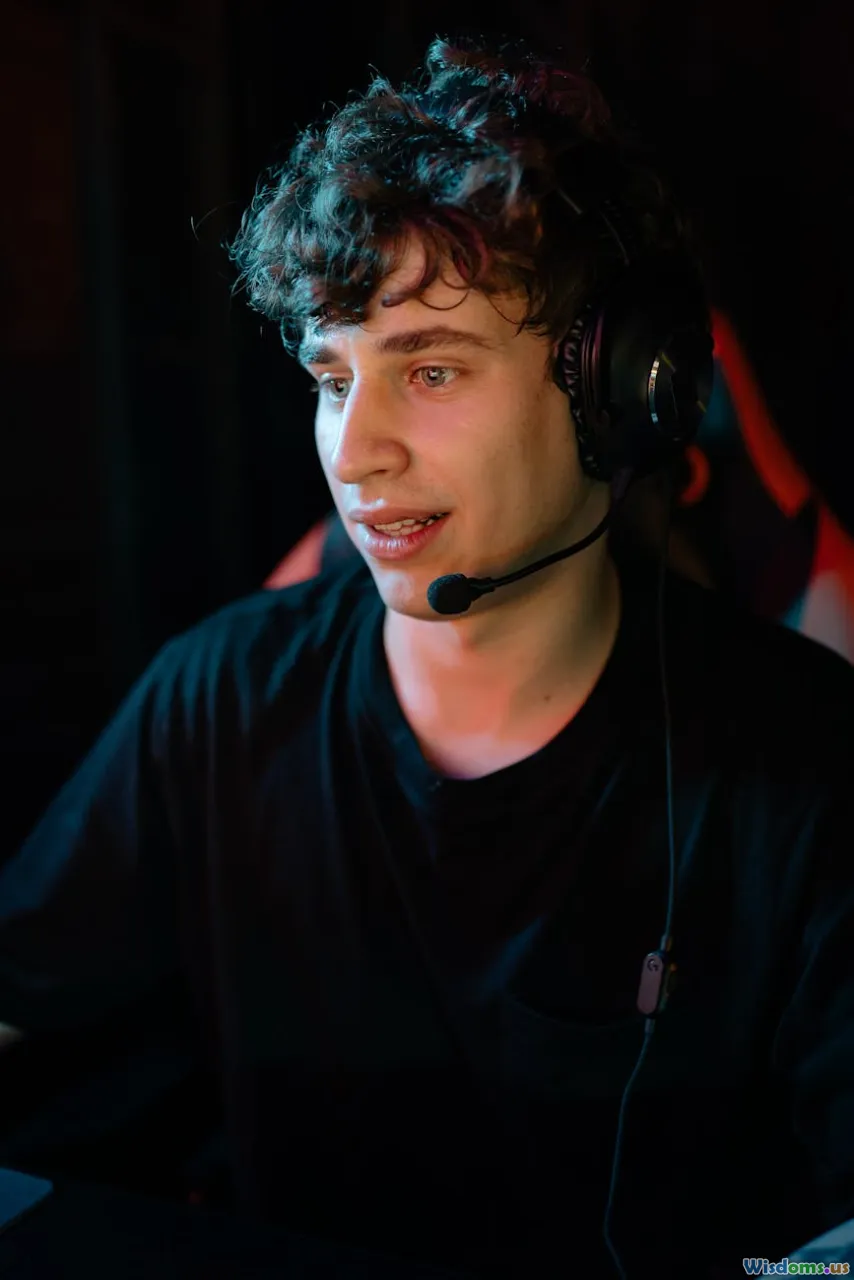
Esports consumption offers dynamic, multidimensional experiences that often outshine traditional sports broadcasts. Today’s esports fans aren’t just passive viewers; they’re an integral part of the action—interacting via live chat, voting on in-game decisions, or even rewarding players with real-time micro-donations.
Interactivity via Streaming Platforms
Platforms like Twitch revolutionize how fans engage—with features such as live chat, emotes, and crowd-controlled functions during games. Creators and esports athletes also build connections with fans through direct engagement, sharing practice routines, and insights unexplored in mainstream sports.
Example: During The International (Dota 2), audience polls and "Hero Choices" influence tournament narratives and inject an element of collective excitement into the fan experience—far removed from passive sports viewing.
Immersive Experiences & Cosplay Culture
Events aren’t just about what happens on-screen; they’re pop-culture celebrations. Fans flock to venues in elaborate cosplay, turning championships into community-driven festivals with music, art, and shared celebrations, reflecting a hybrid culture that’s part sport, part entertainment expo.
Pathways to Professional Stardom
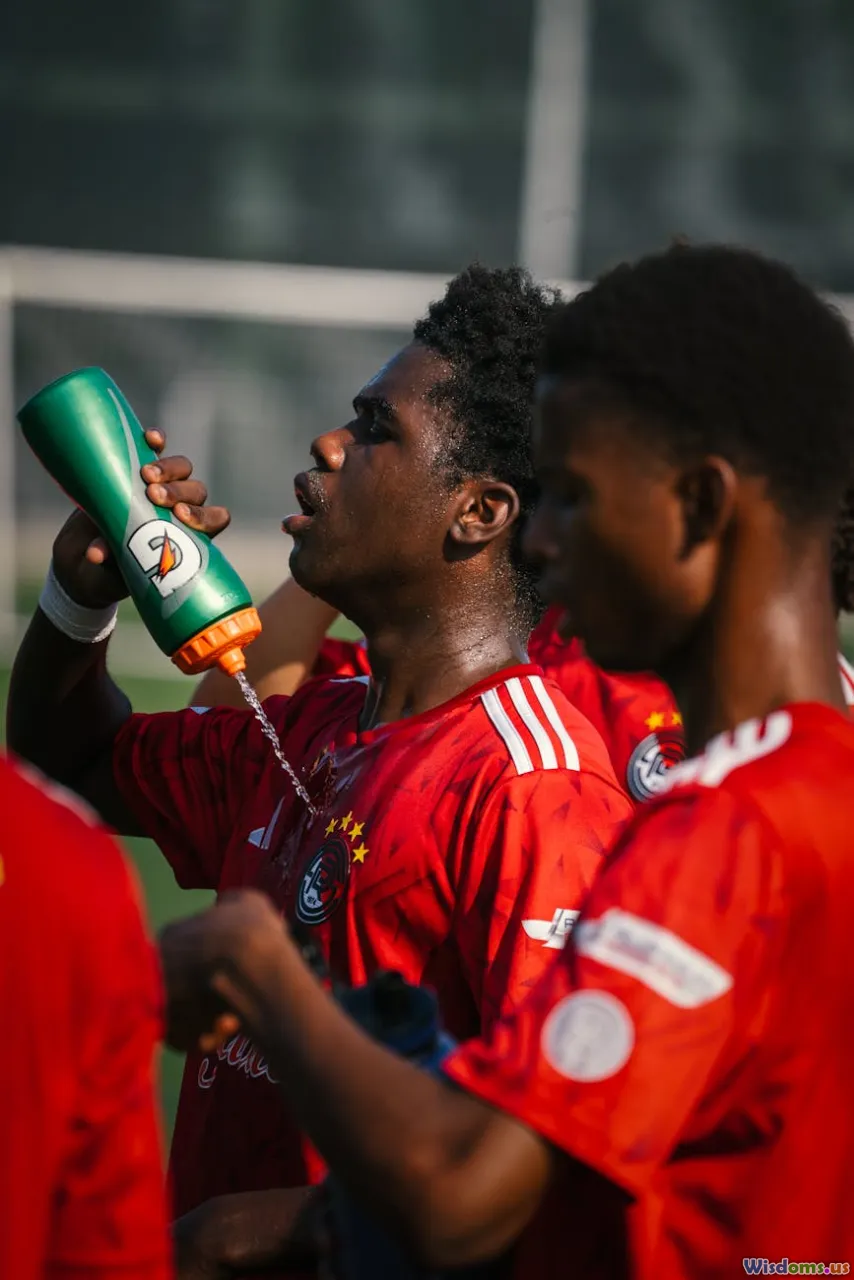
The myth of the lone gamer in a basement is long gone. Pro esports organizations operate with the rigor of sports teams; coaching staff, nutritionists, sports psychologists, and detailed analytics are the new normal. Many successful pro gamers start young, but they now enroll in structured scouting and youth academies.
Case Study: South Korea’s T1 and China’s EDward Gaming run structured league pipelines—utilizing tiered farm teams, sports doctors, and even dorm-style gaming houses focused on discipline and health.
College Scholarships and Career Longevity
Universities are embracing esports, offering scholarships (the same as athletic scholarships for traditional sports) and building varsity teams. The National Association of Collegiate Esports in the US now has over 170 schools in its program, and career paths from playing to coaching to content creation are booming.
Diversity and Inclusion Challenges
While progress is evident, gender and regional diversity gaps remain. Individual players like Sasha "Scarlett" Hostyn (a top StarCraft II athlete) break through stereotypes, but broader inclusion remains vital for esport’s evolution.
Commercialization and the Ecosystem Playbook
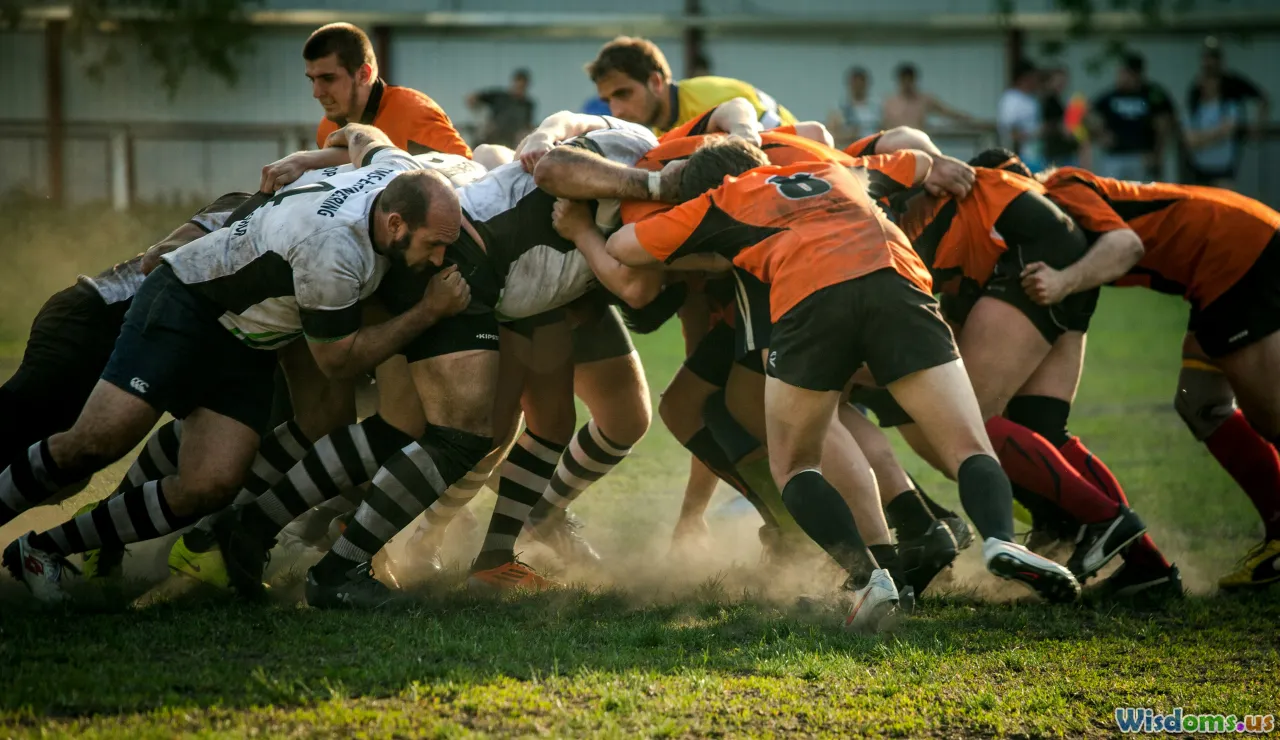
The esport ecosystem borrows best practices from professional sports to fuel growth, yet innovates uniquely in commercialization. Here’s how esports’ commercial model stacks up:
- Sponsorships: Key revenue driver; brands participate in jersey sponsorships, arena naming rights, and custom in-game branding (e.g., Louis Vuitton’s digital skins in League of Legends).
- Merchandise & Licensing: Esports teams sell not only jerseys but digital goodies—skins, avatars, and collectible digital passes, which tie team revenue to online fan engagement.
- Event Ticketing & Experiences: Major tournaments like DreamHack and ESL One mimic model stadium sports in terms of on-ground ticketing, VIP lounges, and fan meet-and-greet packages—but frequently supplement them with companion apps for real-time participation.
- Esports Betting: Recognized as a legitimate betting category, with dedicated pools for tournament outcomes—not unlike traditional markets for Premier League football or NBA playoffs.
Fact: In 2022, over 60% of esports revenues stemmed from sponsorships and media rights, highlighting not only the importance of brand partnerships but the adaptability of the esports economic system.
The Technology Advantage: VR, AR, and Beyond

Esports sits at the forefront of technology and viewer innovation, unencumbered by age-old stadiums or broadcast norms. The industry pioneers in-game camera work ("observer" roles that mimic sports camera crews), virtual in-stadium experiences, and velocity data—delivering angles, statistics, and augmented-reality overlays incomprehensible in legacy sports.
Esports and Virtual Reality
Virtual Reality (VR) and Augmented Reality (AR) are fast integrating into esports events. Games like Echo Arena create immersive VR tournaments, while live audiences can view AR overlays giving real-time player stats.
Example: ESL’s use of AR on their broadcast sets transforms analysis—casters can "walk" through a virtual map, demonstrating strategy to viewers with sci-fi flair.
New Definitions of Athleticism
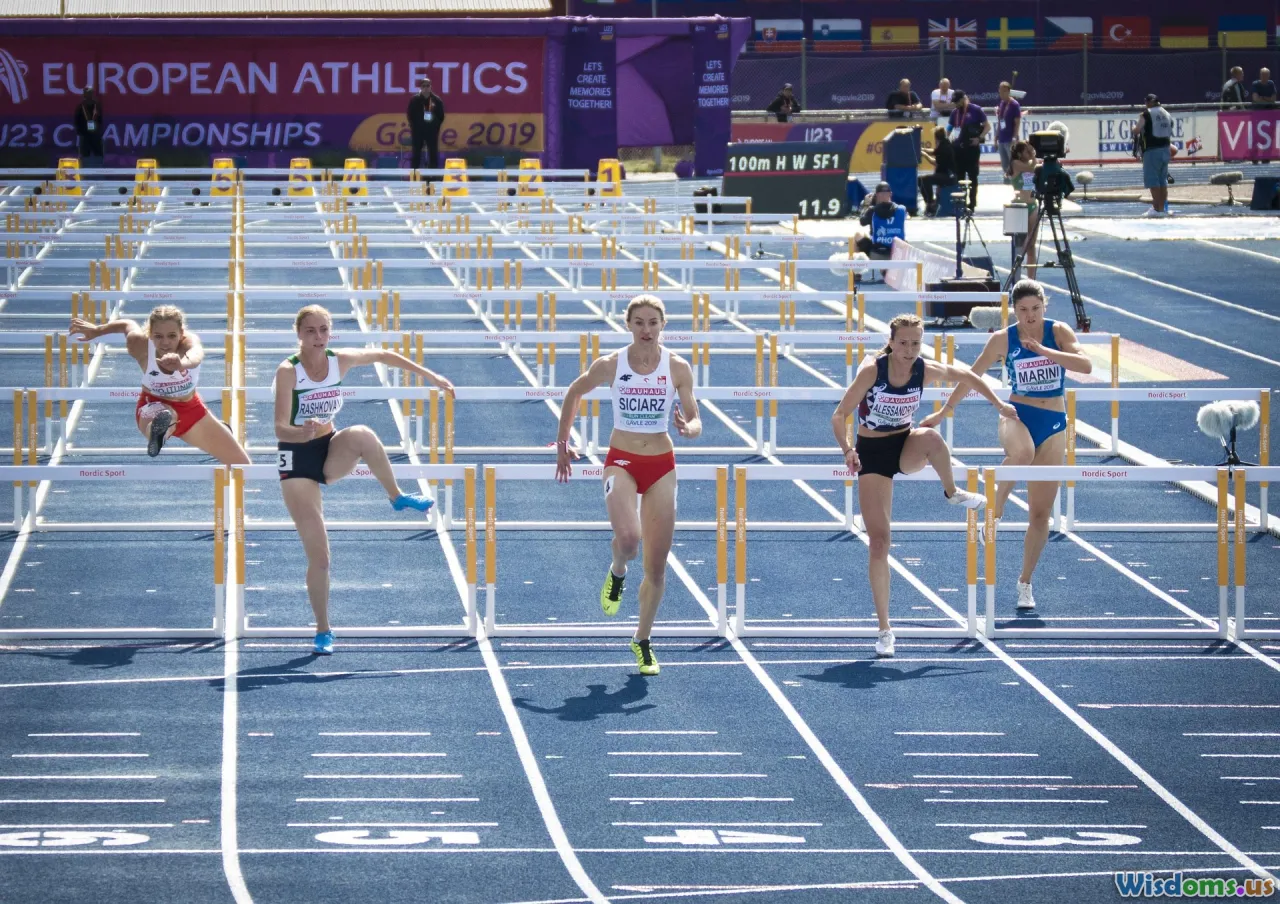
Is esports a sport? Skeptics cite the lack of physicality, but the requirements of top-level gaming redefine what it means to be an athlete in the 21st century. Elite pros display reaction times measured in milliseconds, 300+ actions-per-minute, and mental acuity akin to chess grandmasters.
Physical Training
Sustained health is paramount—gamers endure marathon matches through mind-body discipline. Thus, elite teams employ wellness regimes, cardio routines, and ergonomics experts to stave off injuries like carpal tunnel syndrome and promote longevity.
Comparison: Where a Premier League soccer player trains sprints, a Dota 2 player’s regimen might center on hand-eye drills and visual processing speed, pushing cognitive athleticism as the new frontier.
Regulatory Recognition and Mainstream Legitimacy

A watershed moment for esports came with its inclusion as a medal event in the 2022 Asian Games. The International Olympic Committee (IOC) has also signaled willingness to embrace competitive gaming, piloting the Olympic Virtual Series and weighing integration into future Olympics.
National bodies country-wide move towards recognizing and formalizing esports governance, with federations ensuring fair play, ethical codes, and player protections reminiscent of FIFA, NHL, or the IOC.
Fact: In over 25 countries, pro gamers now receive the same visa status as traditional athletes—granting esports recognition as a "legitimate" sporting pursuit in the eyes of national governments.
Challenges and Future Outlook

While the ascent is unmistakable, esports faces critical hurdles:
- Sustainability of Monetization: Relying heavily on sponsorship, the industry needs to further diversify income; game publishers often wield disproportionate control over leagues.
- Player Well-being: Burnout is real; players often retire in their early 20s, prompting calls for better player health and post-career support.
- Diversity and Inclusion: Ensuring a welcoming space regardless of gender, region, or economic status remains pivotal for long-term growth.
- Publisher Dependency: Industry fortunes can swing on a single game’s popularity or policy, demanding stability in developer-publisher relations.
Despite these, innovation and adaptation are in esport’s DNA. Crowdsourced funding, community-driven league governance, and persistent technology upgrades position esports to respond to market needs and emerging challenges faster than legacy sports leagues.
The lines between virtual and real have blurred for a generation raised on streaming, social media, and digital fandoms. Esports is not just riding this wave—it's helping define the next chapter of mainstream sports entertainment. The frontier is not only near; for millions of fans and aspiring athletes, it's already here.
Rate the Post
User Reviews
Popular Posts












